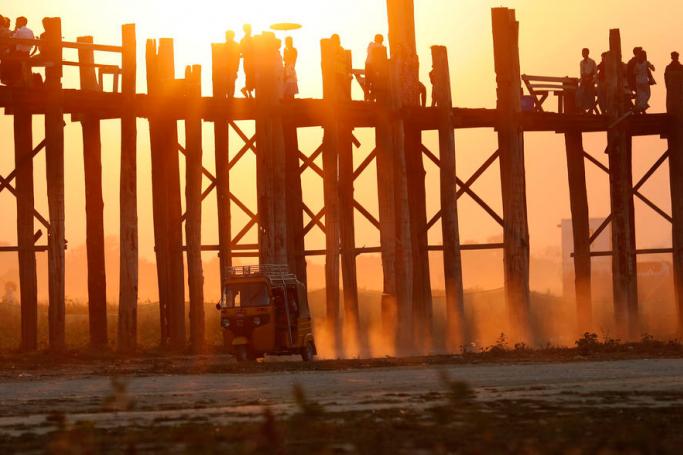As Myanmar slowly begins to open up its local economy, it is clear that the economy’s key growth engines have been negatively affected by the COVID-19 pandemic lockdown measures, according to the International Monetary Fund (IMF).
Myanmar has seen a sharp decline in exports, remittances, and tourist arrivals, given the pandemic measures in place. At the same time, domestic economic activity has been constrained by measures taken to control the spread of the virus. Such disruptions have affected households and businesses, including in agriculture, which comprises a fifth of the economy and over half of employment.
Nearly four out of five workers in Myanmar are employed in the informal sector, with limited access to social safety nets. There is high uncertainty around growth in the short term, also reflecting the intensity and duration of containment measures, and the evolution of external conditions, the IMF reports.
Measures are still in place to control border crossings and international flight arrivals, with little sign these measures will be eased in the near term. Thousands of migrant workers are still in the process of returning to Myanmar, with little immediate prospect of work.












